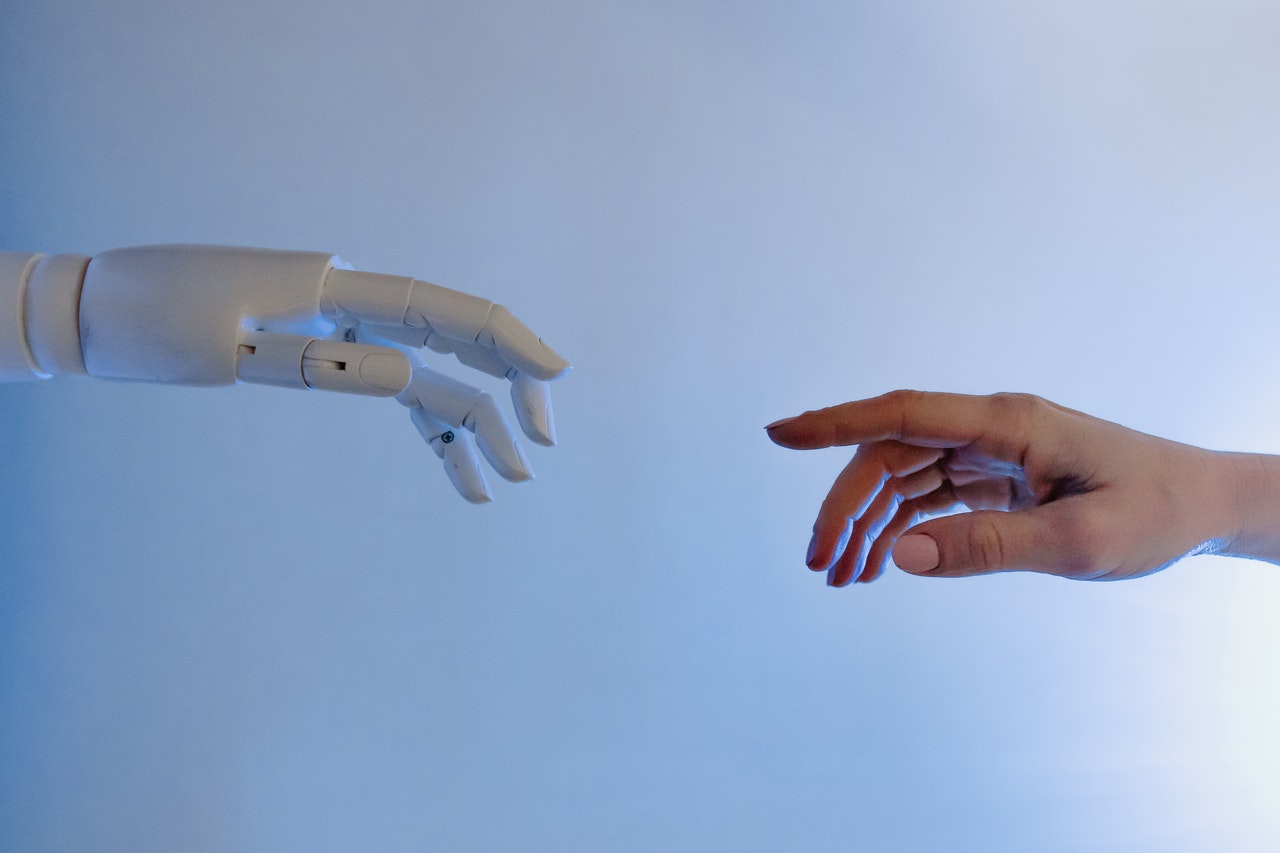
My mission has been to make artificial intelligence (A.I.) work for the masses for more than two decades, and I truly believe in A.I.'s potential to make our lives healthier, happier, and more productive.
Of course, as with any emerging technology, A.I. has its own set of challenges, particularly as companies begin to fully operationalize it. In fact, at least three major A.I. trends are already on the rise this year, and I'm keeping a close eye on how these shifts will help businesses overcome A.I. roadblocks like removing bias and establishing trust.
For years, people have debated whether or not A.I. models should be biassed. These concerns aren't just prevalent among industry insiders; they're also becoming more prevalent in mainstream media outlets. For instance, an episode of NBC's American Auto recently aired that focused on a self-driving car's failure to recognize and brake for people of color.
Conversations about AI ethics and bias mitigation are transitioning from abstract frameworks to real-world practices by 2022. Emerging startups that provide A.I. monitoring and governance solutions for businesses are driving this evolution. Whether to outsource machine learning performance monitoring to companies like Credo, Fiddler, and Arize AI, or build internal capabilities to validate, monitor, and analyze machine learning models, is now a big question mark for A.I.-driven companies.
My recommendation is to not overthink this decision. We have largely implemented checks and balances in-house at Smart Eye, but I am excited to explore potential partnerships with emerging governance companies. If your company currently lacks the in-house expertise needed to properly operationalize A.I. ethics and governance, hire a partner who can. Many third-party solutions can implement systems to train, validate, and analyze the efficacy of your A.I. systems at levels that are difficult to achieve using only data from your customer base. Begin by observing the diversity of your training and test data, as well as any biases present in your inference results. Then, based on this information, you can intervene as needed.
To help eliminate bias and add model explainability, you can increase your efforts and adopt more tools and capabilities over time. The important thing, in my opinion, is that your organization is putting A.I. ethics and governance into action right now.
According to Microsoft's recent research, more than 70% of workers worldwide want flexible remote work options to continue. That is, after all, how I personally feel. Hybrid work environments are here to stay, and we're still figuring out what that means in practice and how to avoid employee burnout at my company. But one thing is certain: A.I. will continue to drive innovation in the workplace of the future.
Organizations are increasingly adopting collaboration and workspace tools aimed at increasing employee engagement and happiness. Layering in A.I. as a next step can help you learn a lot more about how your team is doing. For example, Read AI, which monitors meetings in real time to determine who speaks the most, the overall sentiment in the "room," and other nuanced behaviors, is a big fan of mine. Gathering this data over time aids leaders in improving future employee experiences, surfacing useful coaching insights, and revealing team members' abilities.
The pandemic has hastened the adoption of virtual and/or hybrid settings, and it's encouraging to see more tools that can quantify and support social and emotional intelligence in organizations hitting the market. Improving how you interact with employees has significant mental health implications. Building out more useful mental health resources remains a top priority for organizations in 2022, and with good reason: nearly 40% of employers increased mental health benefits during the pandemic. I'm looking forward to seeing more large-scale deployments of AI systems that can better quantify an individual's mental health needs and provide just-in-time support — stay tuned for more information!
The intersection of A.I. and the emerging worlds of Web3, crypto, and NFTs is a third trend I'm keeping an eye on (non-fungible tokens).
Synthetic data, also known as artificially created data, is one obvious area where A.I. is being used. We use synthetic data all the time in my world to power deep learning models and train generative models without having to invest a lot of time and money in labeling diverse data sets. In Web3, we're slowly seeing the use of generative adversarial networks to populate the metaverse with thousands of unique, synthetic characters. This opens up the possibility of creating new user experiences, as well as new monetization and branding opportunities (think metaverse influencers!).
NFTs are the same way. While NFTs are still relatively new, there are numerous opportunities to incorporate artificial intelligence and make these digital assets more interactive. Consider intelligent NFTs (iNFTs) with natural language understanding, perceptual abilities, and computer vision, and thus the ability to engage audiences in conversations — for example, an iNFT telling you about its "origin storey." I'm definitely keeping an eye on this area.
A consistent element in 2022, despite divergent trends, is keeping humans at the centre of the A.I. equation.
Human insight A.I. — A.I. technologies designed to understand, support, and predict human behaviors in complex environments — is emerging as a new technology category.
From the interiors of our cars to hybrid work environments...and possibly even in the metaverse, we're already seeing human-insight A.I. strategies leading to improvements this year. But, regardless of where human-insight A.I. is used, we will all benefit, and I can't wait for these human elements to power all kinds of A.I. experiences in 2022 and beyond.
ContentSquat collects & utilizes cookies from third-parties & affiliate networks to improve user experience. If you buy a product or service after clicking on one of our links, we may get a commission.